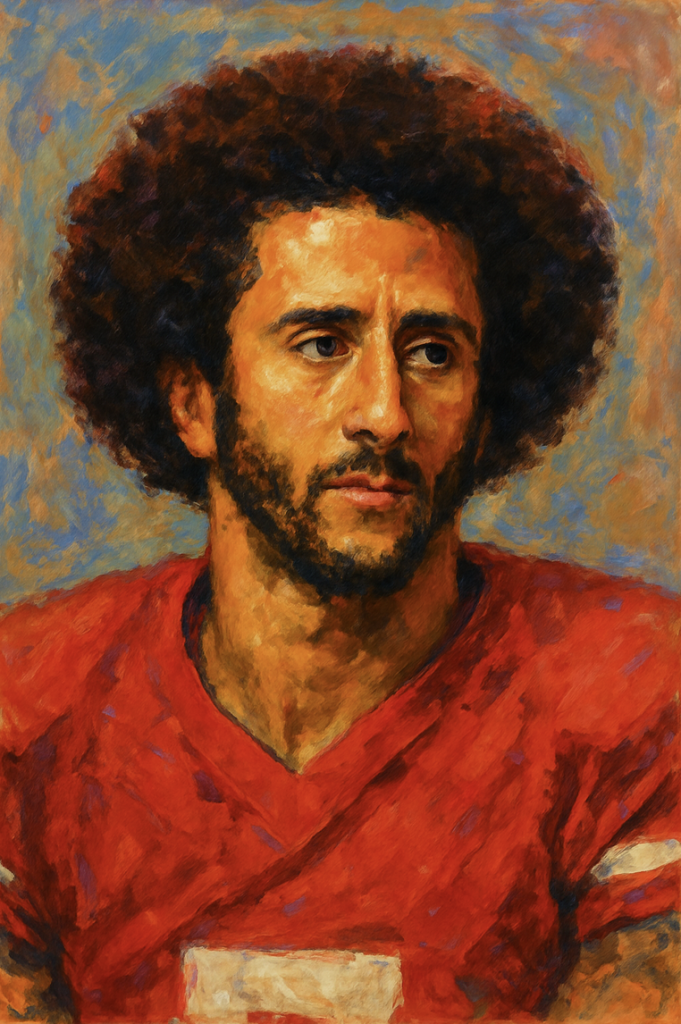Why Do Some NFL Players Not Wear Mouthguards
Football is a brutal sport—there’s no denying that. With players crashing into each other at full speed, you’d think mouthguards would be mandatory at the professional level. Yet every Sunday, fans notice something strange: some NFL stars aren’t wearing one. Why do some of the toughest athletes on the planet skip such a basic safety precaution? The answer is more complicated than you might think. From communication concerns to personal preference and rule loopholes, here’s the real reason behind the missing mouthguards.
Who’s Choosing Not to Wear Mouthguards?
Mouthguards are common in youth football, high school games, and college ball. But when it comes to the NFL, it’s not unusual to see quarterbacks, wide receivers, or even running backs forgo them altogether. Players like Tom Brady and Odell Beckham Jr. have been spotted playing without mouthguards at times, drawing questions from fans and coaches alike.
This trend isn’t limited to star players, though. Many NFL athletes in skill positions opt out, especially if they’re not involved in constant helmet-to-helmet contact like linemen or linebackers. Equipment managers and trainers often encourage players to wear them, but at the end of the day, it’s the player’s decision—at least in the NFL.
What Exactly Is a Mouthguard, and What Does It Do?
Mouthguards are flexible plastic devices worn over the upper teeth to absorb and distribute impact. They protect against chipped teeth, lip injuries, and even some concussions by cushioning jaw impact.
Most players start wearing them in high school or earlier, as they’re typically required at those levels. But in the NFL, they’re recommended, not mandated. That distinction gives pro players the freedom to decide for themselves—and many choose to ditch them.
Where Is This Most Noticeable?
Fans are most likely to notice missing mouthguards during NFL games, especially on televised broadcasts or slow-motion replays. Wide receivers lining up without one, quarterbacks calling plays clearly, or even post-tackle close-ups of players with no visible protection—all are common sights.
This isn’t typically the case in college games, where referees enforce the rules more strictly, and penalties can be issued for non-compliance. So the shift becomes more noticeable once a player goes pro.
When Did This Trend Start?
The move away from mandatory mouthguards began when players entered the NFL and realized the league didn’t require them. While the trend has ebbed and flowed, it’s more noticeable today as high-definition broadcasts and social media amplify player details—including the gear (or lack thereof) they wear.
The conversation usually spikes when there’s a serious dental or facial injury—or when a youth player or parent starts asking, “If the pros don’t wear them, why should I?”
Why Don’t Some NFL Players Wear Mouthguards?
1. Communication Challenges
Quarterbacks and wide receivers often say that mouthguards muffle their speech, making it harder to call audibles or signals at the line of scrimmage. Even the best-fitted guard can restrict clarity and airflow just enough to interfere.
2. Lack of Mandates
Unlike lower levels of football, the NFL does not require players to wear mouthguards. That makes it easier for them to skip the gear altogether, especially if they’ve gone a few seasons without a major mouth injury.
3. Comfort and Breathing
Mouthguards—especially cheap or poorly fitted ones—can restrict breathing and feel uncomfortable. During a long, high-intensity game, that discomfort adds up. Many players simply prefer the comfort and open breathing that comes with skipping them.
4. Risk Tolerance
NFL players are professional risk-takers. Many accept the gamble that they’ll be fine without one. They figure they’ve gone this long without a chipped tooth or jaw injury—why change now?
5. Aesthetics and Performance
Let’s be honest: some players think it just looks better without a mouthguard. They’re on national television and building a personal brand. If a mouthguard feels like it slows them down or dulls their appearance, it’s likely to get left on the bench.
Should NFL Players Be Required to Wear Mouthguards?
There’s ongoing debate among medical professionals, especially as awareness around concussions and player safety grows. Many argue that mouthguards—especially custom-fitted ones—could help reduce the risk of concussions and facial injuries.
Still, the NFL allows adult athletes to make their own decisions. Until the rules change, it’s up to the players.
Final Thoughts: What This Means for Youth Players and Fans
If you’re a young player, coach, or parent, don’t let the pros fool you. Just because some NFL players skip mouthguards doesn’t mean it’s a good idea. At the youth and high school level, mouthguards are often mandatory for good reason—they work.
And while it may be tempting to mimic your favorite player’s style, it’s smarter to mimic their work ethic, not their gear choices. In the long run, protecting your teeth and brain is a win worth playing for.…

